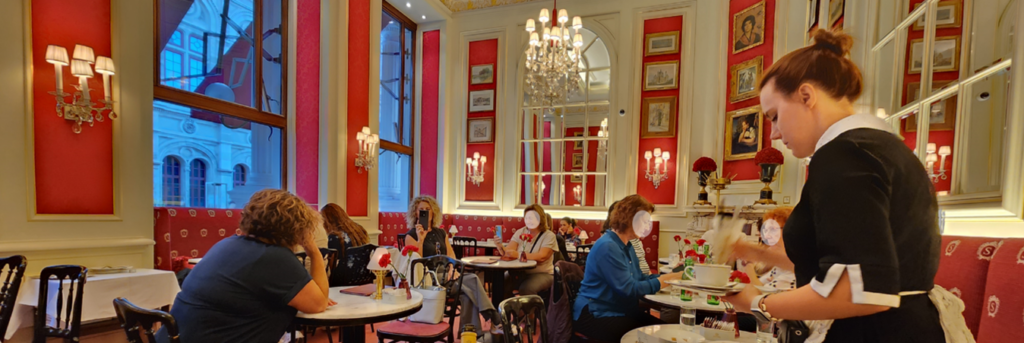If you’re an American who enjoys going on wine tasting trips, there are many places to go in your own country, but unquestionably the premier destination is California. On the other hand, if you are looking to have a wine tasting adventure abroad, the first place that generally comes to mind is France. At a very elementary level, the experiences are the same. You visit a winery or a tasting room; they pour you some wine; and you taste it. The resemblances end there.
Map courtesy of About-France.com.
California’s wine regions extend from Temecula in the south, through the Central Coast, to Napa and Sonoma counties and up to Mendocino and beyond. Cabernet Sauvignon and Chardonnay are king and queen, thought there are sections that specialize in Pinot Noir, Zinfandel and Syrah. While there is some regional variation, each winery offers a range of wines from different grapes.
In France, almost every sector grows its own distinct grapes, by law. Whatever variation you’ll find in a given winery is different levels of quality of wines from the same grapes. So, if you’re used to wine tasting in California, here are some tips for tasting in France.
- Choose regions with the type of wine you like. This is as simple as choosing between red and white wine. Let’s say you’re starting in Paris. Go east for Champagne and further to drink Chardonnay in Chablis and even further for Riesling in Alsace. If you want reds, head to Burgundy in the east (where there’s plenty of Chardonnay as well) or south to Bordeaux or Provence.
- Don’t just go to the most famous regions. There are so many high quality winemaking regions in France that if you bypass Chablis for white wines and go to the Loire Valley south of Paris, you’ll do quite well with Vouvray and Sancerre. If you go to the Southwest or Languedoc for red wines, you won’t taste a premier cru, but you won’t face the crowds and the costs either. Think of it as wine tasting in Santa Barbara instead of Napa Valley.
- Most places don’t have seated tastings. At the same time, you will often need reservations to visit wineries in Bordeaux or Champagne. In much of France, you can just pull up to a vineyard and ask the person in the tasting room (often the owner) to taste their wines. If you can remember the olden days in California’s premier wine areas, much of France’s wineries are like what that was, but not anymore.
- If you stick with a sub-region, wineries are fairly close to one another. In California, even if you stick to a specific AVA, say Russian River within Sonoma County, you’ll do a lot of driving. If you just do Pommard or Pauillac, you won’t need to go very far from one châteaux to another.
- Oh, yeah, they speak French. If you do, too, then visiting is a breeze. These days, most French people can speak at least a little English so you can get by. A lot can be accomplished by pointing and smiling. Frequent use of the words s’il vous plait and merci is a good idea.

















